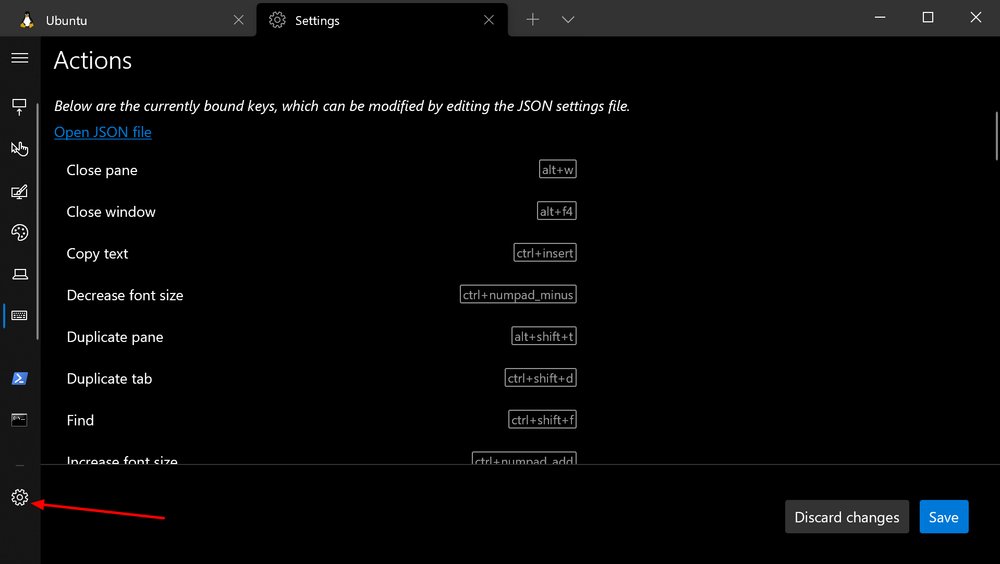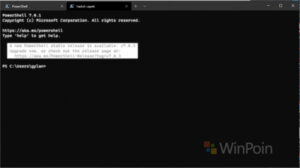

Opening a new tab on an existing Terminal window requires the window to be active, not minimized. If you want to open a new tab in an open Terminal window, go to Services > New Terminal Tab at Folder on the right-click menu. Select the folder, right-click on it, and go to Services > New Terminal at Folder to open a new Terminal window to the selected folder. To open a Terminal window from within a folder in Finder, navigate to the folder you want. We found it hard to find a unique shortcut because there are so many shortcuts already set up in macOS.Īlso, you may have to click Add Shortcut again and then press Enter to get your shortcut to stick. Make sure you select a shortcut not used by the system. Click None to the right of the service you want to add a shortcut to.Ĭlick Add Shortcut and then press the shortcut you want to use for the service.

You can add shortcuts to these two services to make it faster to open a Terminal window to a folder. Under Files and Folders on the right, check the New Terminal at Folder and New Terminal Tab at Folder boxes. On the Keyboard dialog box, click the Shortcuts tab at the top and then select Services on the left.

To activate these two services, select System Preferences from the Apple menu.Ĭlick Keyboard on the System Preferences dialog box. To open a Terminal window to a specific folder from Finder, you must make sure the New Terminal at Folder and New Terminal Tab at Folder services are activated.

The article linked to above also shows you how to add the “Open command window here” option to the context menu when you’re in a folder.Ī Command Prompt (or PowerShell) window opens directly to the selected folder. Or you can add the ‘Open command window here’ from the context menu and use that to open a Command Prompt window to the folder. You can create a Windows Terminal profile that does this on startup by adding the commandline setting to a profile in your settings.json file inside the list of profile objects.On Windows, you can press the Shift key and right-click on a folder to open a PowerShell window directly to that folder. You can start an SSH session in your command prompt by executing ssh and you will be prompted to enter your password. Windows Terminal version 1.XX+ can dynamically generate profiles to connect to the SSH hosts within your OpenSSH config file.


 0 kommentar(er)
0 kommentar(er)
